Any physical activity can go a long way toward improving your mood, so it’s important that you make getting active part of your routine. To take things one step further, you can practice mindful movement, where you focus your full attention on the movements you are making.
How does this look in practice? Let’s look at two examples.
- Example One: Sharon understands the importance of being active, so she goes for walks around her neighborhood for at least 10 minutes every day. But during her brisk walk, she’s not really paying attention to where she is or what she’s doing. Instead, her mind is continually going back to the things that are causing her stress and anxiety. By the end of her brisk walk, she doesn’t feel any better or any more rested because she has done nothing but ruminate on her source of stress.
- Example Two: Sharon practices mindful movement. When she takes her 10-minute brisk walk around the neighborhood, she focuses her attention on the feel of her clothes, her footsteps, and what’s going on around her. She looks for movement in the area, like nearby birds flying from one tree to the next. If she gets distracted, she brings her attention back to the mindful present by repeating “left, right” in line with her footsteps. When Sharon gets home at the end of each walk, she feels mentally rested and less anxious.
Why Mindful Movement Matters in Recovery
Mindful movement matters in your recovery process because it can affect several physical and mental health aspects. Mindfulness and exercise can:
- Reduce blood pressure
- Regulate emotions
- Build resilience
- Boost immune health
- Release neurochemicals that make you happy
- Reduce pain
- Improve sleep
Practicing Mindful Movement in Addiction Treatment
When you are seeking addiction treatment, there are several ways that you can practice mindful movement, such as taking regular walks around the property and participating in physical activities provided by your treatment center.
Try Tai Chi
Tai Chi originated as a form of moving meditation. This moving meditation helps focus the mind by increasing awareness of breathing and surroundings. It relies on several different movements that you can learn as individual poses or moves, which then get combined into a routine that you practice again and again.
Tai Chi represents a very successful form of mindful movement in addiction treatment. It’s also something that can easily be integrated into your daily routine once you leave your addiction treatment program.
Tai Chi brings your focus to the present moment, not only through the poses but also through the continual progression of movements when executed in order.
The movements are not particularly challenging, so you don’t need any high athletic skill to start. There are almost always Tai Chi groups meeting in local parks or community centers, and you can find online options, too, where you can follow along from the comfort of your home.
Try Yoga
Yoga has been shown to improve resilience and decrease stress hormones like cortisol. The best part? This happens within a few days for people with no experience.
Yoga helps you bring your mind to the present moment, focusing on strength, breathing, and flexibility. You can easily fit mental-health-based yoga into your routine.
During addiction treatment, mindful movement like yoga helps you break the cycle of negative thinking and stress that might come from ruminating about the past or focusing on the future.
Yoga also teaches you to accept temporary discomfort in your poses, focusing on how your breathing can get you through that temporary discomfort. This is a very important tool in recovery because you will often encounter discomfort, but yoga can teach you that it is only temporary. If you can focus on things within your control, like your breathing, you can get through it.
Walk/Hike/Run a Trail
Trails at local parks are great places to walk, run, or hike. Physical activity releases several chemicals in your brain that improve mood, and participating in short walks or runs can encourage that release. Make a note of your progress and your mood both before and after each walk/run/hike so you can review your progress over time.
This type of mindfulness brings with it the benefit of being outside where you can literally and figuratively step away from your problems and focus instead on observing things around you like:
- Sounds
- Temperature of the space
- Smells
- Wind in your hair
- Sun on your face
- Animals around you
- People near you
- The feel of your footsteps on the ground
Mindful Movement in Addiction Treatment with Sequoia Recovery Centers
Mindful movement has several therapeutic benefits, not least of which is the opportunity to bring your physical and mental focus to the same place. During recovery, you can practice mindful movement through guided classes or on your own during your free time. Capitalizing on mindful movement can help you regulate your emotions, improve sleep quality, and boost your physical health.If you are seeking addiction treatment, turn to Sequoia Recovery Centers, a drug and alcohol detox center in Spokane. We offer a variety of Washington substance abuse treatment programs, including inpatient and outpatient care. Contact our team to learn more about the mindful movement practices we incorporate into addiction treatment in Washington.
